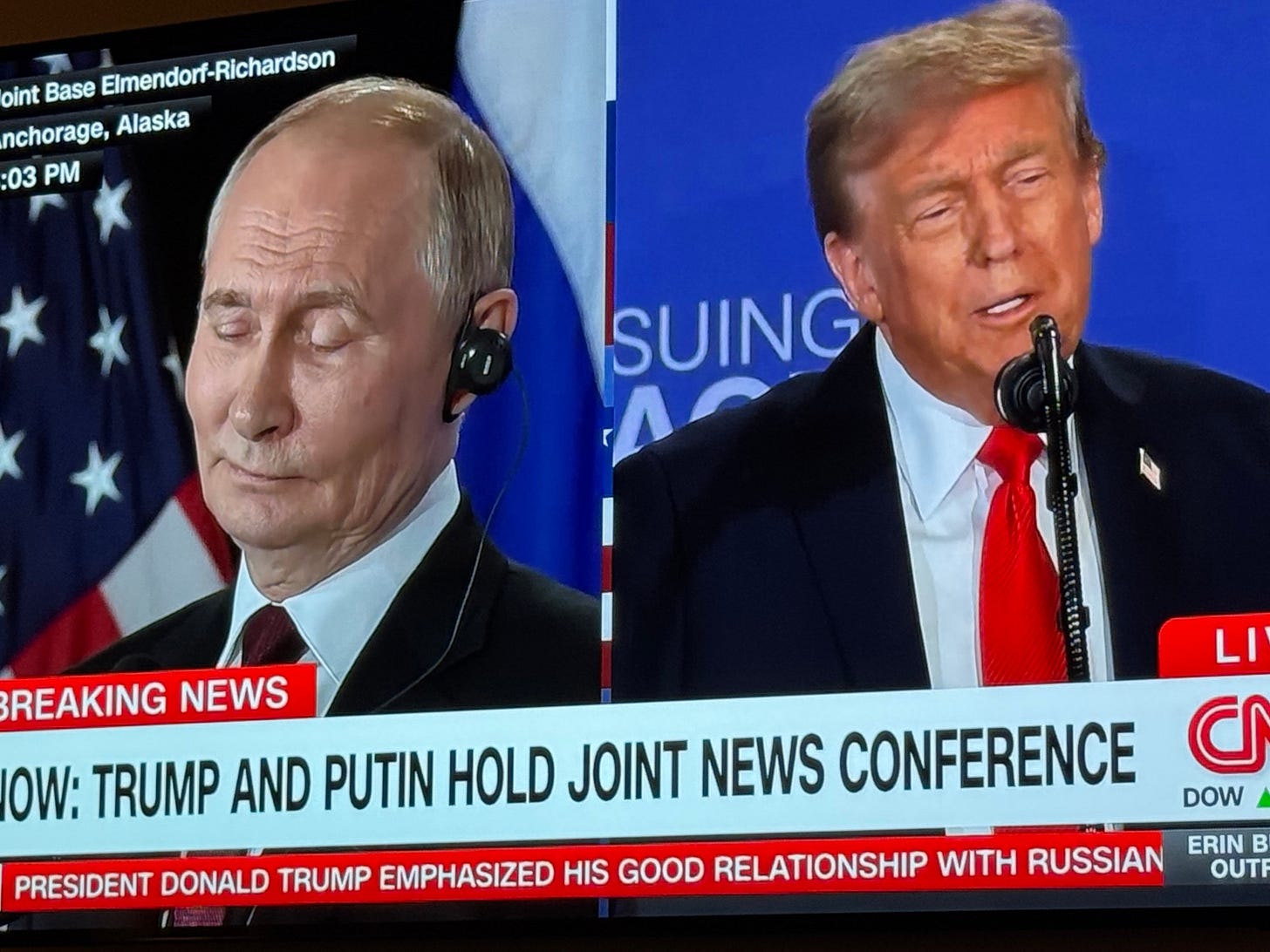Ripe for Imperialist Resolution: Ukraine’s Mutually Hurting Stalemate with Russia
The Trump-Putin Summit fizzled. A nothing-burger. We anticipated this in the latest episode of The Un-Diplomatic Podcast, which was recorded the day before the summit.
But I have no patience for those who say we “rewarded” Putin by meeting with him. That’s a sure sign of someone clinging to the unipolar moment. Diplomacy is communication, not a gift, an…


